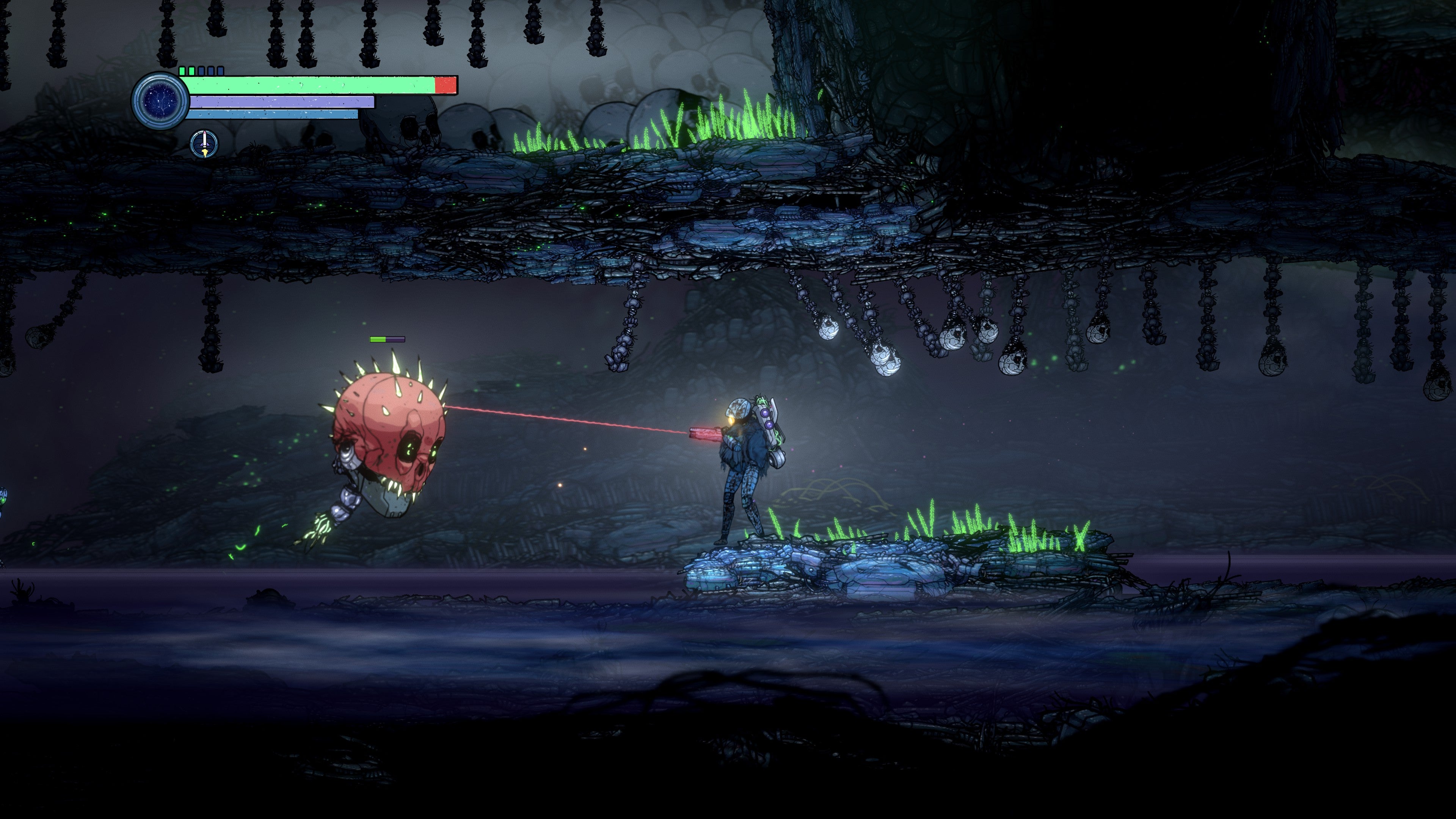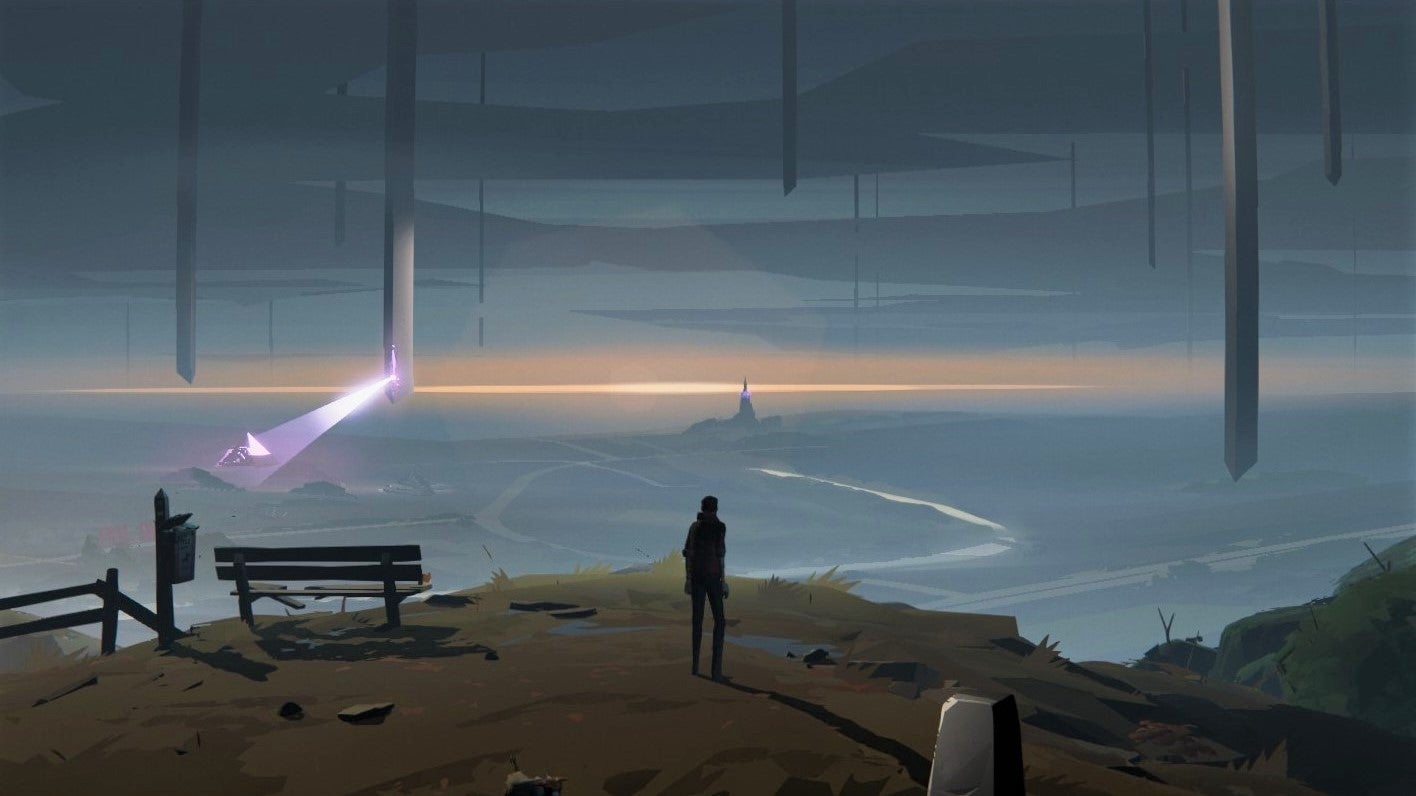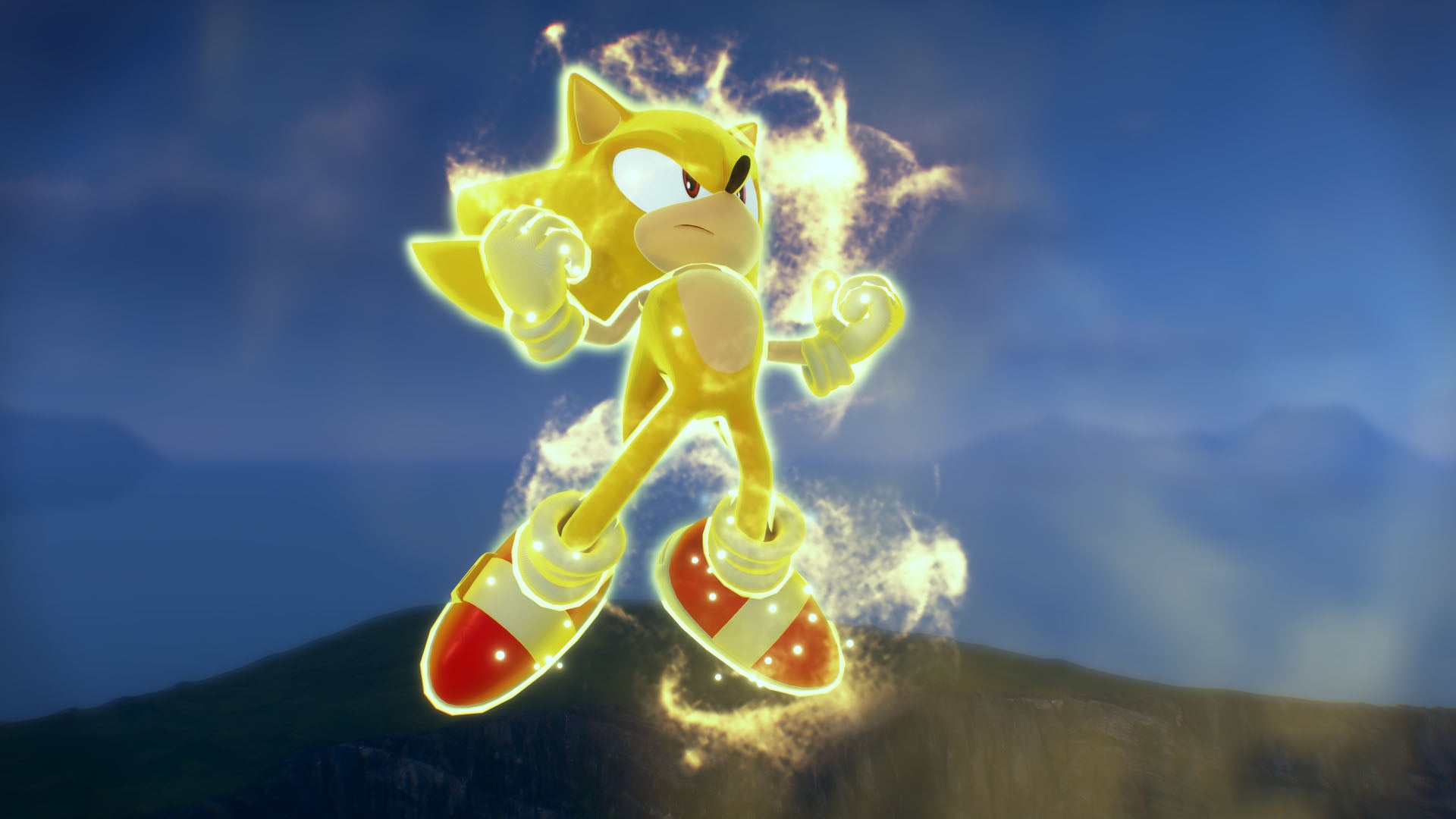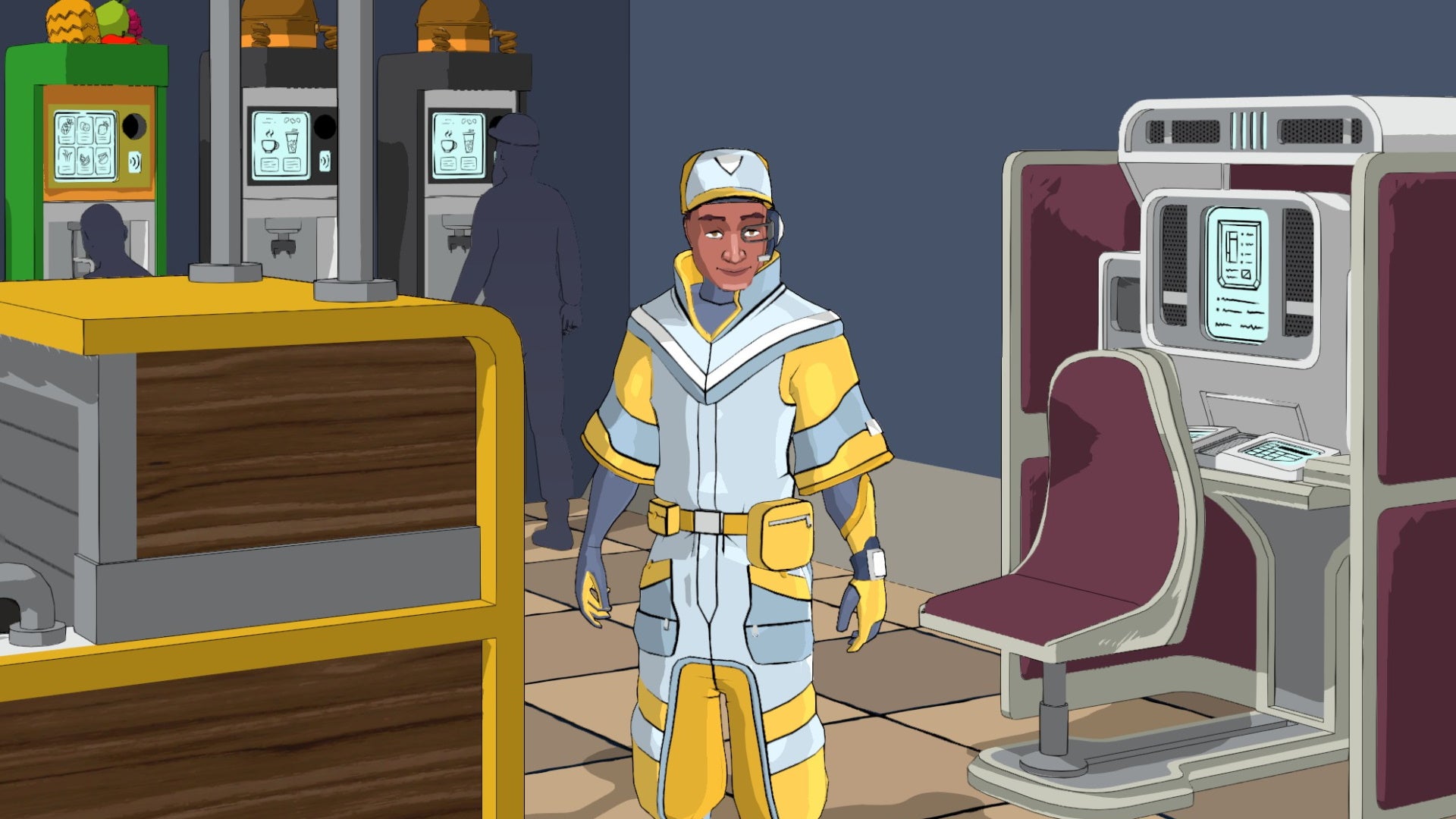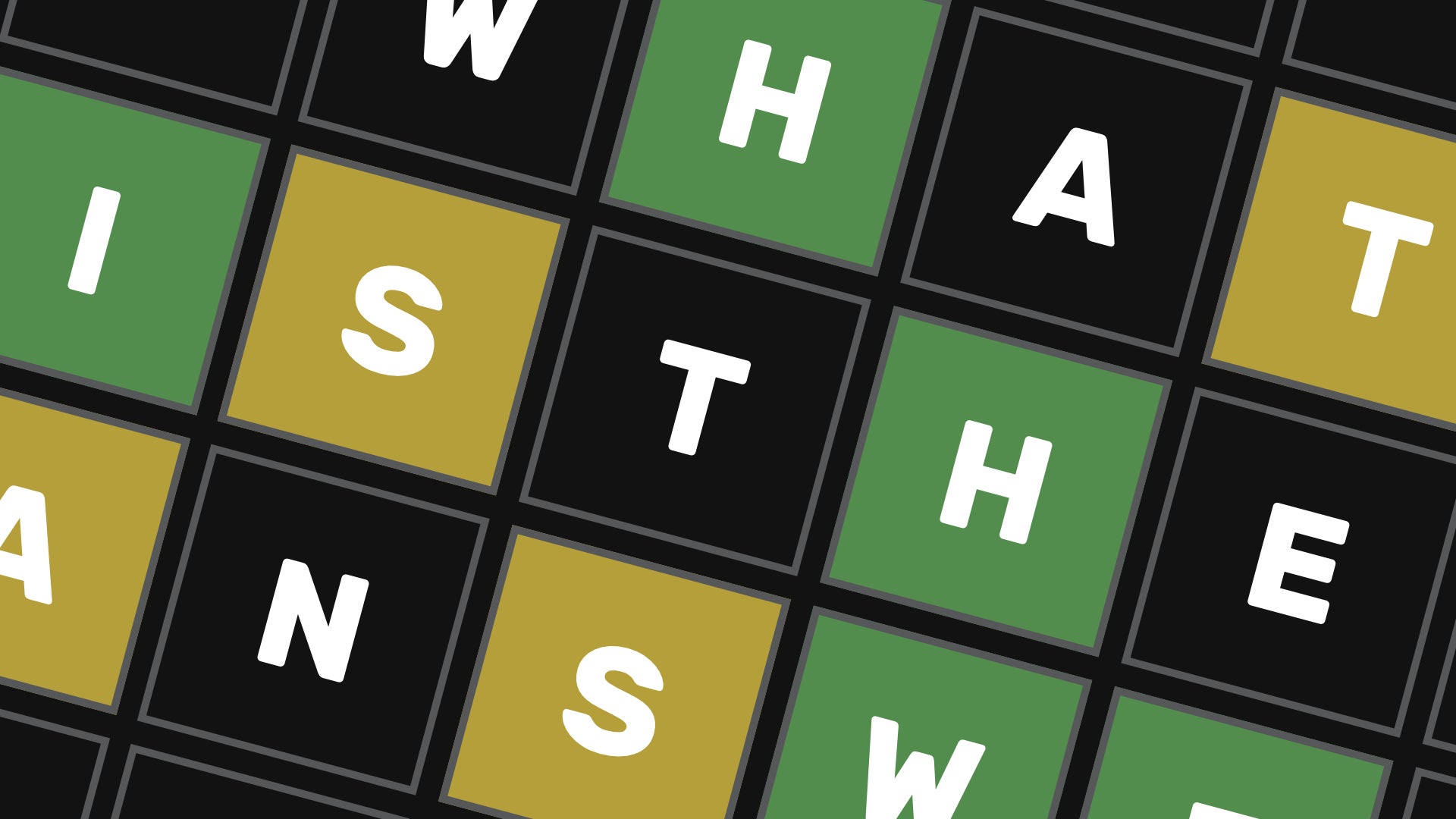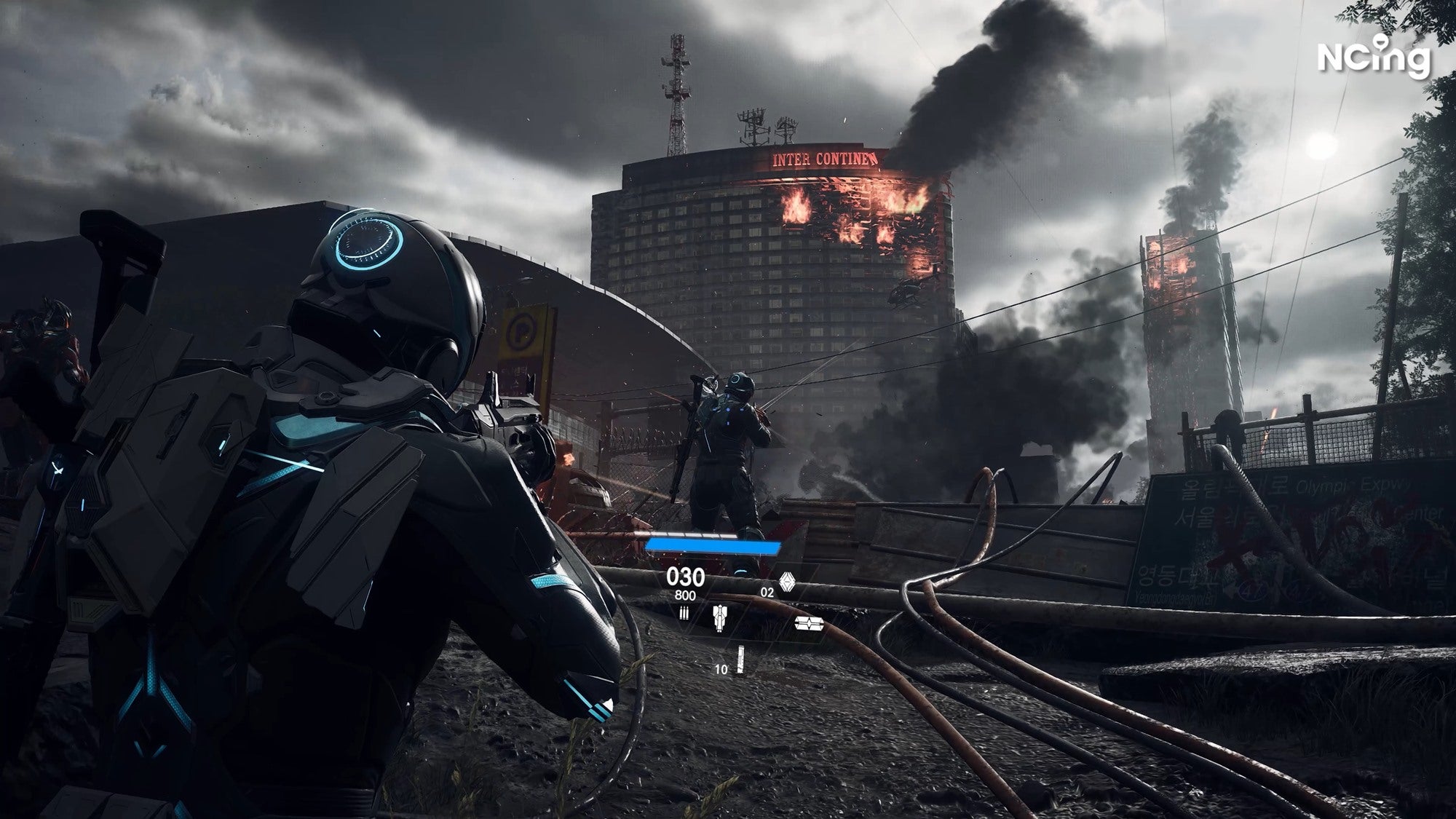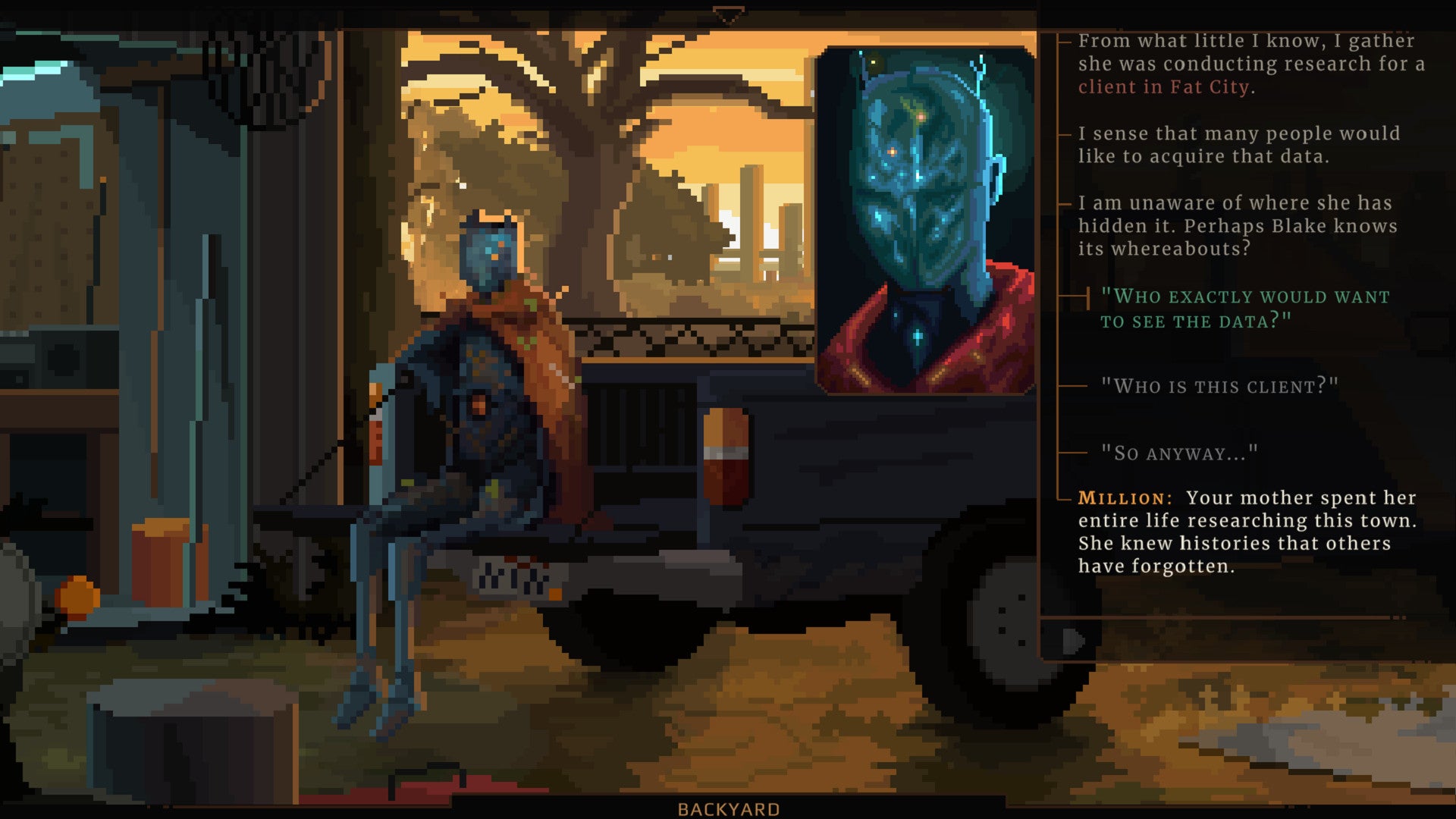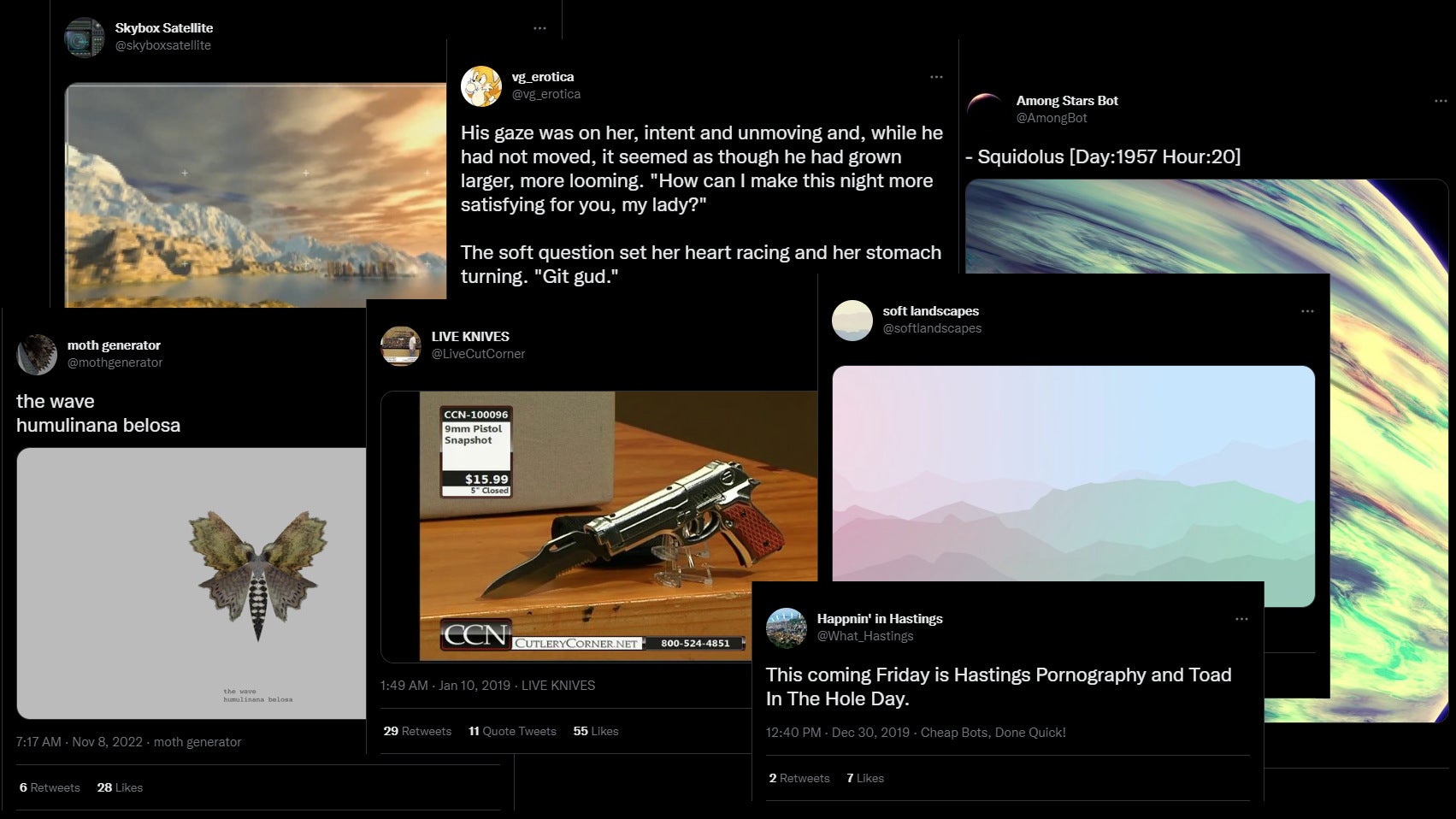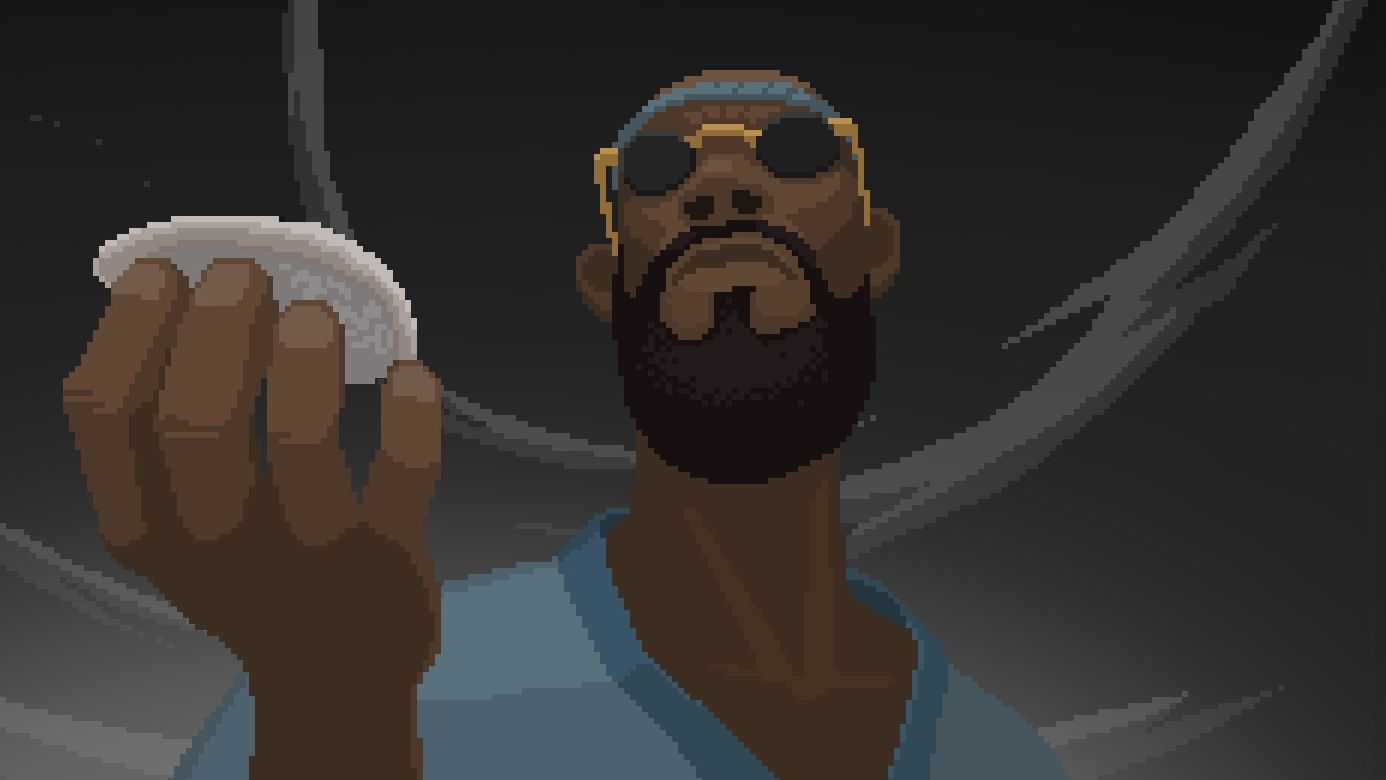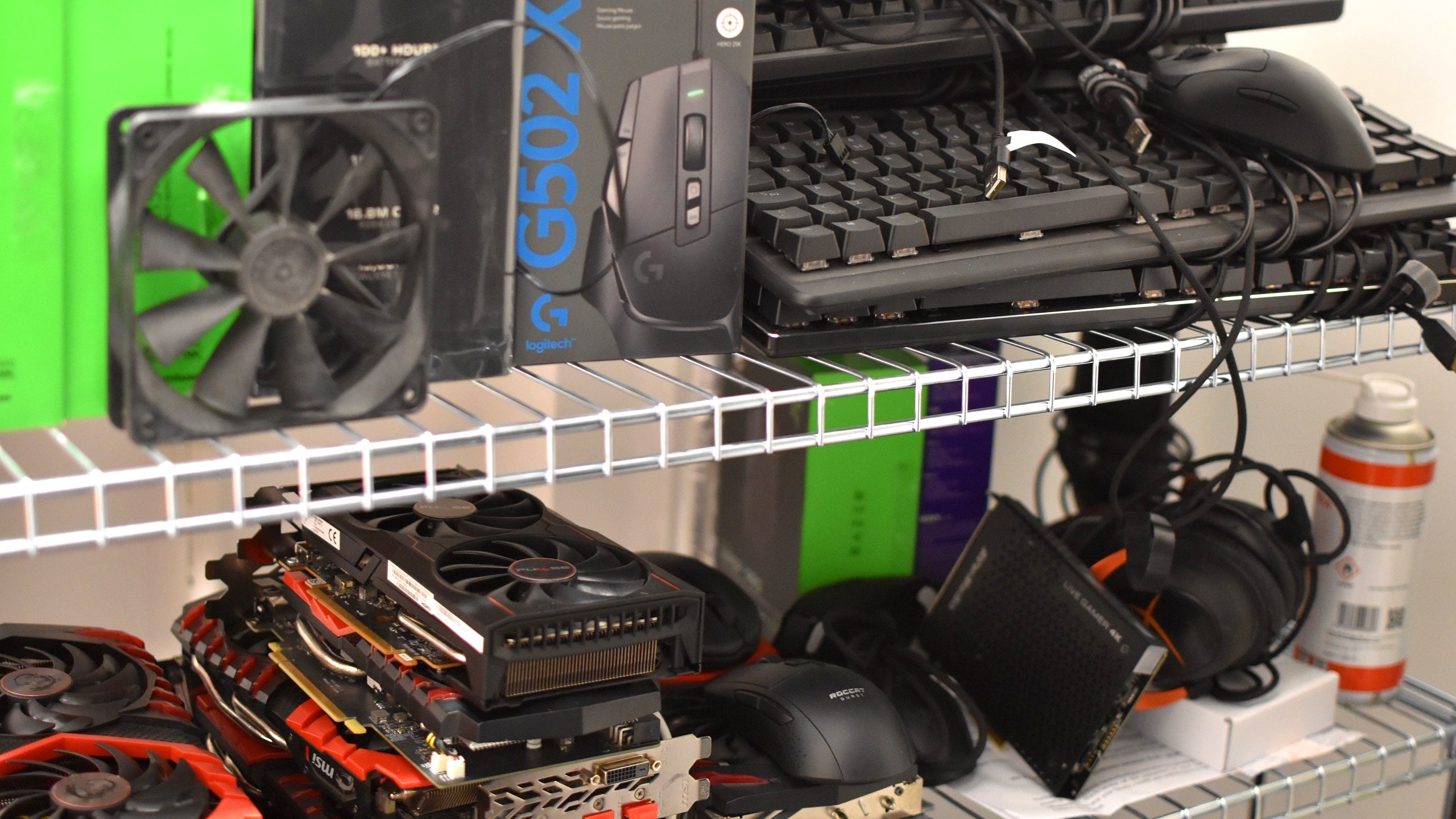Ghost Song review: a melancholy Metroidvania with a hint of Hollow Knight
Lo-fi beats to die toGhost Song is a 2D Metroid-like that's always a feast for the eyes, but a frequent frustration for your head and hands. Its gorgeous art direction depicts a vibrant alien world that bubbles and throbs with bio-mechanical life, where spore clouds and fleshy organic tunnels live side by side with floating metal skulls and impenetrable thickets of wires and cables. It's a fascinating place that seems to morph and change with every passing map segment, calling to mind the animated techno gunge of Akira and Metropolis one minute, and the flowering brilliance of Alex Garland's Annihilation the next. Its roots sink deep, creating a world you'll want to explore every last nook and cranny of as you delve deeper into its underbelly to find out why you're here.
But Deadsuit, your android-like protagonist, makes for a slightly rusty-feeling companion at times, lacking the grace and elegance of Nintendo's Samus Aran, and the nimble dexterity of Team Cherry's nameless knight. It will tide you over until Silksong arrives, for sure, but it also never quite sings in the way you'd hope.
From the off, it's clear Ghost Song owes a great debt to Metroid and Hollow Knight. Deadsuit herself might be a smaller and less imposing presence than Nintendo's fearsome bounty hunter, but her arm cannon and glowing visor feel like they could have been an old suit design that's been saved from the recycling bin. You'll eventually acquire other weapons to use in tandem with the arm cannon, including a spear and a very large (and very good) Buster-like sword, but shooting remains your primary method of interaction with this strange, impenetrable world, and the way you need to plant your feet in order to aim freely with your analogue stick couldn't feel more Metroid-like if it tried. Heck, there are even little yellow bugs that go round and round hugging the suspended platforms in Ghost Song, just like the little yellow spiky dudes at the beginning of Samus' 1986 debut.
The spectre of Hollow Knight emerges when your health bar hits zero, with Deadsuit emitting an eerie shriek and blinding light as she sheds her collection of nanocells and teleports back to the nearest save point
The spectre of Hollow Knight emerges when your health bar hits zero, with Deadsuit emitting an eerie shriek and blinding light as she sheds her collection of nanocells and teleports back to the nearest save point. These nanocells are collected from every enemy you take down, and are what you need to improve your suit's power, health, and durability at special (and very Chozo-like) upgrade statues. As in Hollow Knight, and indeed every other Soulslike you've probably played in the last five years, you can go and retrieve these nanocells by returning to the site of your death, but they'll disappear for good if you fall again along the way.
There's only a small smattering of save points to be found here, but fortunately its hallways aren't so packed with enemies that getting back ever becomes much of a chore. It only starts to become particularly problematic when you accidentally walk into a barriered boss room and get absolutely mullered within the first five seconds, leaving you stuck in a perpetual cycle of either 'gitting gud' or abandoning your cells altogether – the same as it ever was in FromSoft's Souls games, essentially.


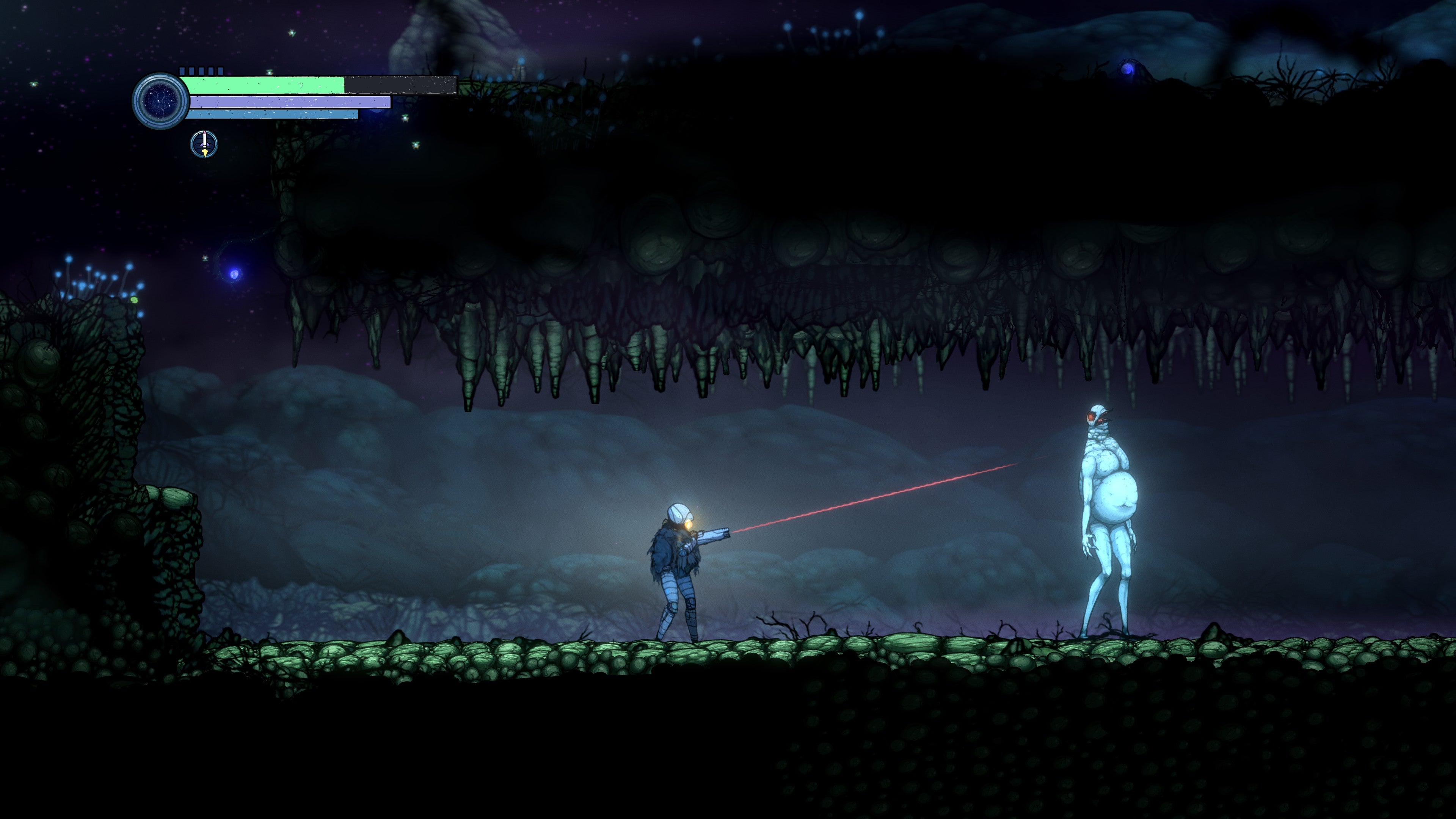
Thankfully, those losses are never quite as painful as they are in other Soulslikes. Upgrades still gradually creep up in price over time, but whereas a bad death in Elden Ring, say, can see you lose thousands, if not tens of thousands of runes in a single location, Ghost Song rarely deals in anything more than a couple of hundred. 1000, absolute tops. And yes, it still takes a fair bit of work to earn those cells back if you do have the misfortune to lose them altogether, but when even end-game upgrades come to less than 3000 cells a pop, it just helps to make it all feel a bit more manageable and less like a grind.
That said, there was a moment around the midway point where I was seriously considering doing a bit of grinding, though, as I'd seemingly hit a wall in my ability to progress. Your main goal in Ghost Song is to retrieve five special ship components that will let you and your newfound human survivor friends repair their vessel and (hopefully) escape the planet's static field that brought you all (and the ruins of many other ships) crashing to the surface in the first place. Borrowing from another Metroid-like hall of famer, Ghost Song pulls an Axiom Verge 2 here by placing these five points of interest on your map by default, putting the onus on you to find a viable route and pick your way towards them.
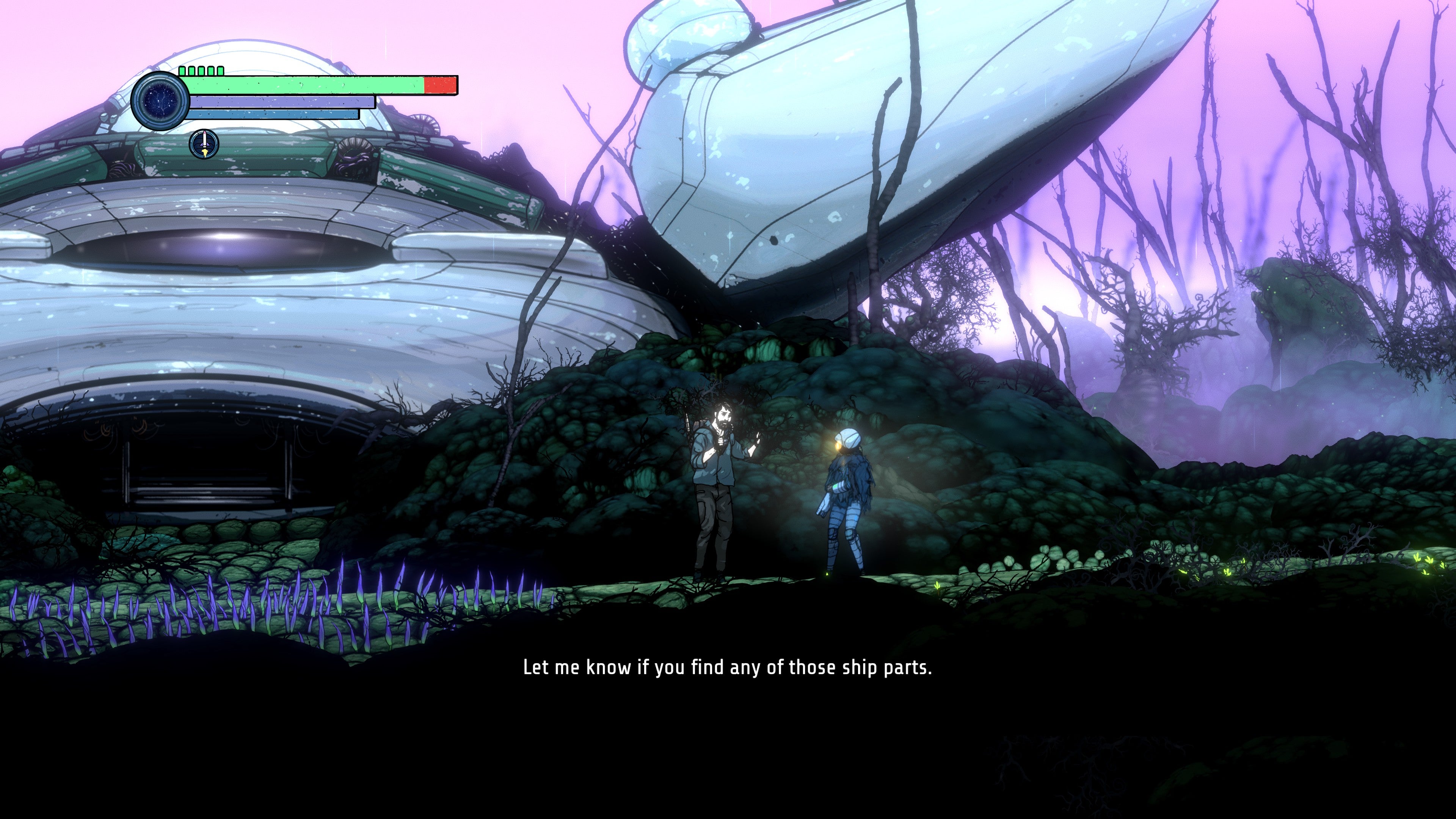
In classic fashion, some of these objectives need special abilities in order to reach them – your double jumps, wall jumps and dashes and the like – but finding these power-ups caused quite a few sticking points for me. You see, there are lots of bosses you'll encounter during Ghost Song, styled as other survivors who have been corrupted by the planet's oppressive atmosphere. Some are compulsory, but most are entirely optional, and defeating them will often net you an extra missile type for your arm cannon, or a new module for your suit, such as giving you a small window of invincibility when you dash, for example, or the ability to sprout healing plants at your feet. These are all governed by how much power you have available to plug into them, and offers a pleasing sense of variety in how you can kit Deadsuit out. A couple of bosses, though, will yield those critical jumping abilities you need, and working out which ones you need to defeat and which ones you can skirt around (as some of them are really quite difficult) can be tricky.
"There are lots of bosses you'll encounter during Ghost Song, styled as other survivors who have been corrupted by the planet's oppressive atmosphere"
This really came to bear when I was trying to get to my second ship component. The game tells you which one you should head to first, but after that leaves it up to you, and having exhausted all other routes, I was essentially left with two options - and both seemed to involve fighting super difficult bosses that locked you into their respective arenas. I just didn’t seem remotely equipped to deal with either of them at that particular moment, although a suit module I eventually found off another boss that exponentially increased my firepower in line with my current suit level certainly did help quite a bit in that respect.
But Deadsuit herself also feels quite stiff in the hands, her jump never quite offering the range or level of control you need to dodge projectiles, and her dash to get past enemies always seemingly falling short of where you'd like. You do develop a certain muscle memory for these things over time, but it's easy to get overwhelmed in these fights, especially when Ghost Song's more run of the mill enemies don't offer anywhere near the same level of challenge.


A clunky protagonist I can live with, but that freeform structure of 'go anywhere in any order' also falls foul of some of the same pitfalls I encountered in Axiom Verge 2, namely that the direction you need to go in to actually find these bosses and components isn't always as obvious or intuitive as it might seem on your map. Once again, there were times when I had to head in almost the opposite direction to get where I really needed to be, making it difficult to judge if you're actually making progress. Having suffered through that with Axiom Verge 2 earlier in the year, this second-guessing of the map screen is something that's been engrained into my psyche with Metroidvanias now, but it also just made me appreciate the elegance and sense of clarity you get from having simple little waypoint markers and mini 'hey, my scanners sure are picking up something weird over here!' objectives in Metroid and Hollow Knight. Some might call them too hand-holdy and that part of the fun is nosing through its squelchy caverns and the like, but my patience does also have a limit for these things.
As it turns out, one of those difficult bosses was entirely optional in the end, and the other involved a monster that actually fled the scene after a while, meaning I didn't need to waste my time bashing my head against it after all. From then on, it was all relatively plain sailing, and by the end of my ten hours with it I'd even learned to judge Deadsuit's dash correctly.
I enjoyed Ghost Song overall, but that middle act slump did almost kill it dead for me, too, which is a shame, as underneath it all, this is a very accomplished Metroid-like for such a tiny dev team - and it will certainly fill that Hollow Knight shaped hole in your life while we wait for Silksong, especially if you're a Game Pass subscriber. There's still plenty to admire about what Old Moon have made here, but there are enough fluffed notes in the mix that it just stops short of being a harmonious whole.

